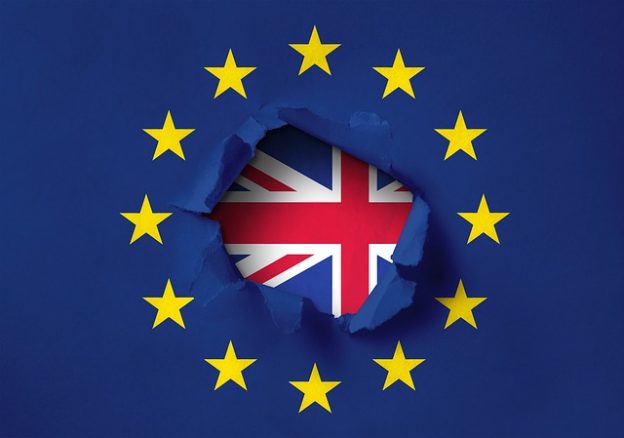
ESMA and NCA review EMIR data quality as Brexit looms
Last year, ESMA published guidelines for the transfer of EMIR trades between Trade Repositories (TR). Due to format differences between repositories, ESMA’s goal is to have standards in place to make it easier to move EMIR reporting. The guidelines also proposed to reduce problems in case a TR’s license was withdrawn and non-voluntary migrations would take place.
With Brexit to take place in 2019, it has put in play the issue of TR withdrawals and mass changes of investment firms changing repositories. As part of planning for this scenario, ESMA and local EU and UK National Competent Authorities (NCAs) have been focusing on data quality of EMIR reports. Specifically, ESMA and local financial regulators are reviewing for EMIR report quality gaps that would make it difficult to transfer between TRs.
Excessive Open positions
Among the data quality reviews, two specific areas that ESMA and NCAs are focusing on are excessive open positions and breaks between reported UTIs. In relation to open positions, when changing TRs, the ESMA guidelines calls for the collaboration of repositories between sending data of open positions so they will be reported with the new repository.
Where problems can occur is when an investment firm is holding many open positions that need to be ported between TRs. This causes large mapping requirements between the two repositories to reconcile that all trades and their correspondence unique trade identifier (UTI) are appearing at the new TR.
As a result, ESMA has directed NCAs and repositories to reach out to investment firms that have large numbers of reported open positions to ensure they are in fact open. For many companies, the reviews have shown that many trades they thought were closed were in fact reported incorrectly and without a Termination (closing) Date. Also, firms have discovered internal process errors of which their trade databases aren’t capturing all lifecycle events; thus leading to gaps in their reporting.
EMIR Level 2/3 conflicts
Even in cases where a firm’s large open position numbers are correct, it can create data quality problems. This occurs when open positions were made prior to EMIR Level 3 formats going into effect in November 2017. Trades reported under EMIR Level 2 contain fewer data fields than Level 3. When moving to a new trade repository, these old positions need to be updated using the Level 3 format in order that all the new data fields and formats exist and can be ported under ESMA’s TR transfer guidelines.
Due to the difficulties in updating Level 2 reported positions with Level 3 standards, many investment firms with large open positions numbers have received letters from their local NCA to put in place a process to send Level 3 updates.
UTI sharing
Another area being focused on by ESMA and NCAs are UTI breaks. EMIR is a ‘double sided’ regulation. This means, both counterparties to a trade report their side of a transaction. To identify that each side is reporting the same trade, the same UTI is used by each firm. To facilitate this, firms are meant to share their UTI structure between them to create a standard to be used.
When a UTI is only found to be reported by one counterparty, it creates a UTI break. As of 2017 analysis, 70% of UTIs had breaks, meaning the majority of UTIs weren’t matched between counterparties.
To help facilitate ESMA and NCA monitoring of EMIR data, in 2017 they began to put pressure on TRs to reduce UTI breaks. This led many TRs last year to alert clients that they should focus on UTI sharing to improve their EMIR data quality as NCAs will be looking into it in the future and contacting companies directly.
Due to the current ESMA/NCA data quality review, many investment firms have reported that they in fact have been contacted by their local regulator about UTI breaks. Specifically, firms are asked to explain why their counterparties are reporting trades with them that don’t have a corresponding EMIR report.
Rectification
As part of their quality reviews, NCAs are asking investment firms what plans are being put in place to fix UTI breaks and problems related to open positions. They are also asking for explanations of why the problems occurred.
Depending on the NCA, timelines for answering them or fixing data varies. Overall, ESMA and NCA is aiming to have the majority of outstanding EMIR data quality problems solved well before Brexit takes place next year.





